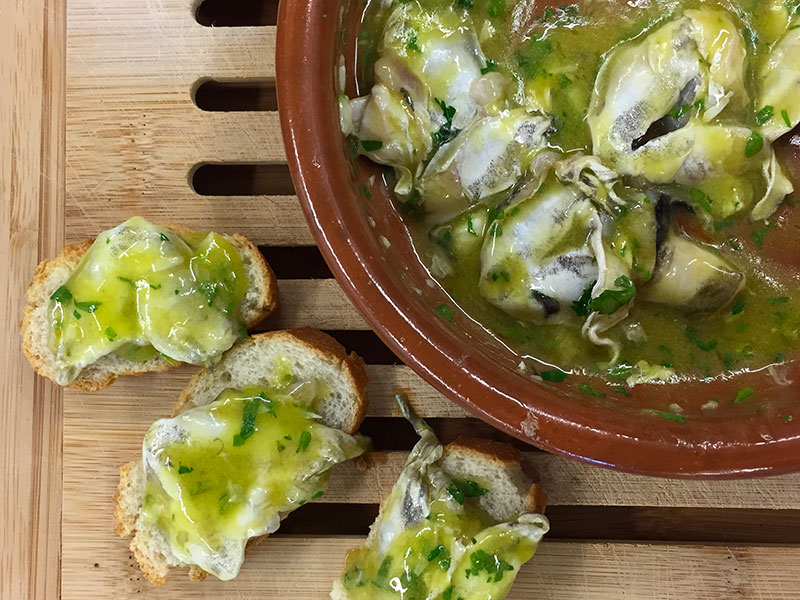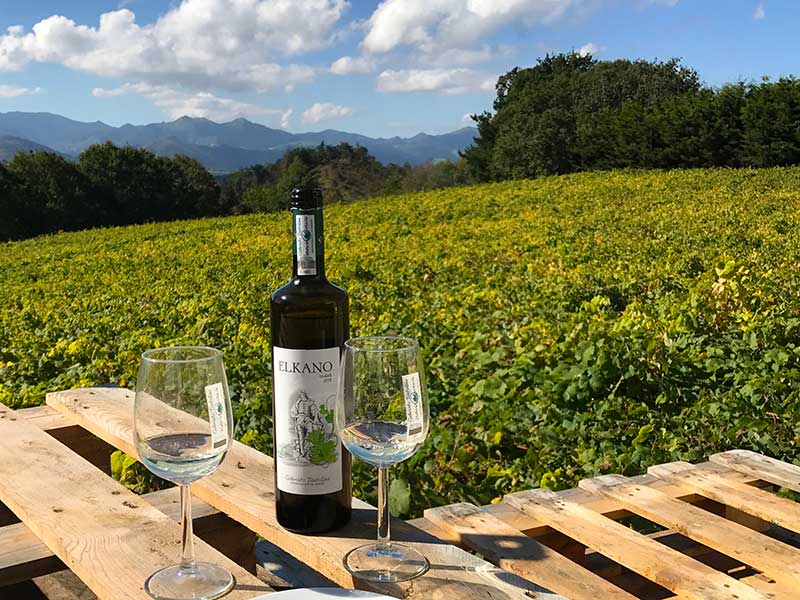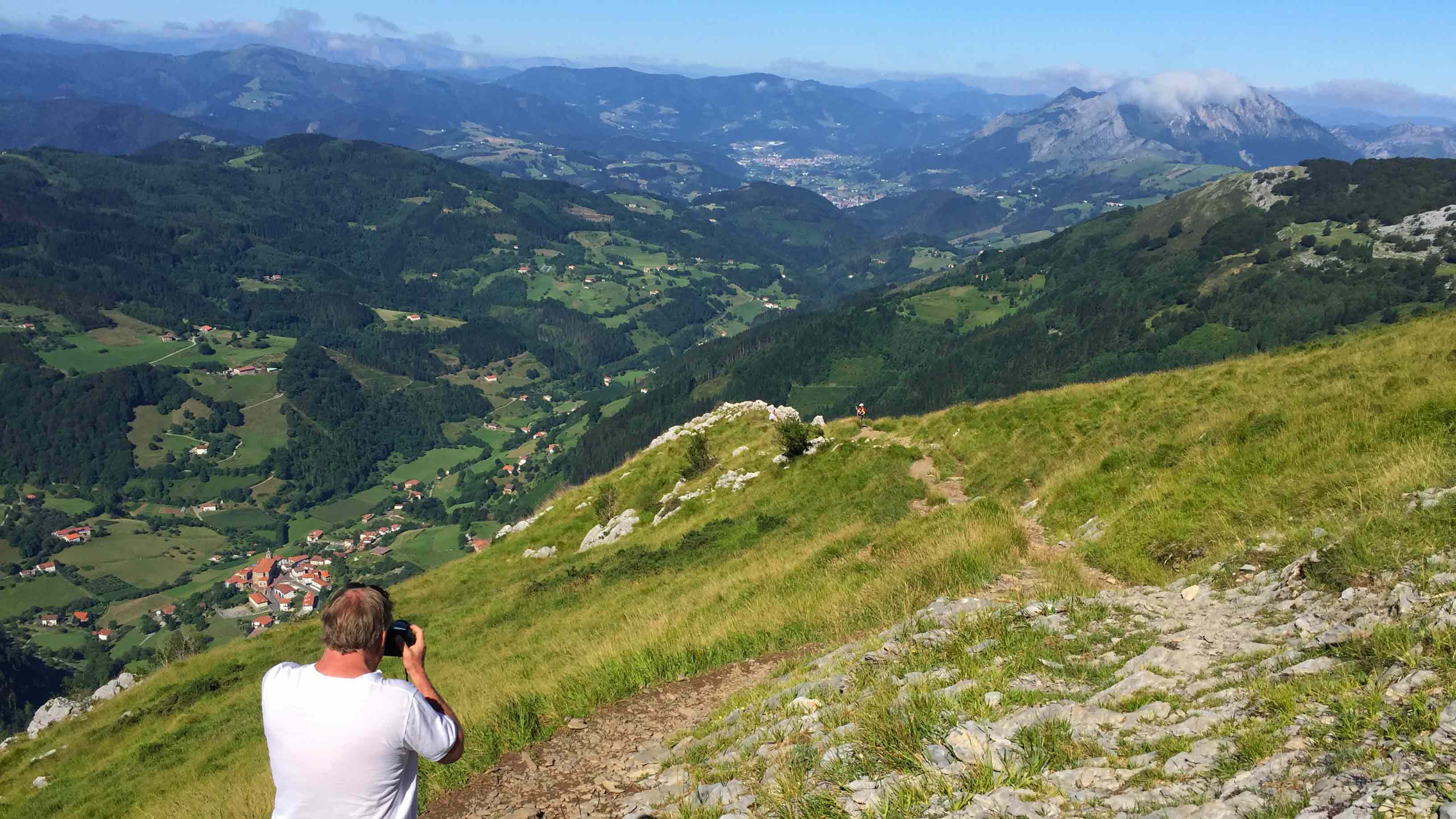
BASQUE COAST & COUNTRYSIDE TOUR
The best Off-The-Beaten-Path tour of the Basque Country!.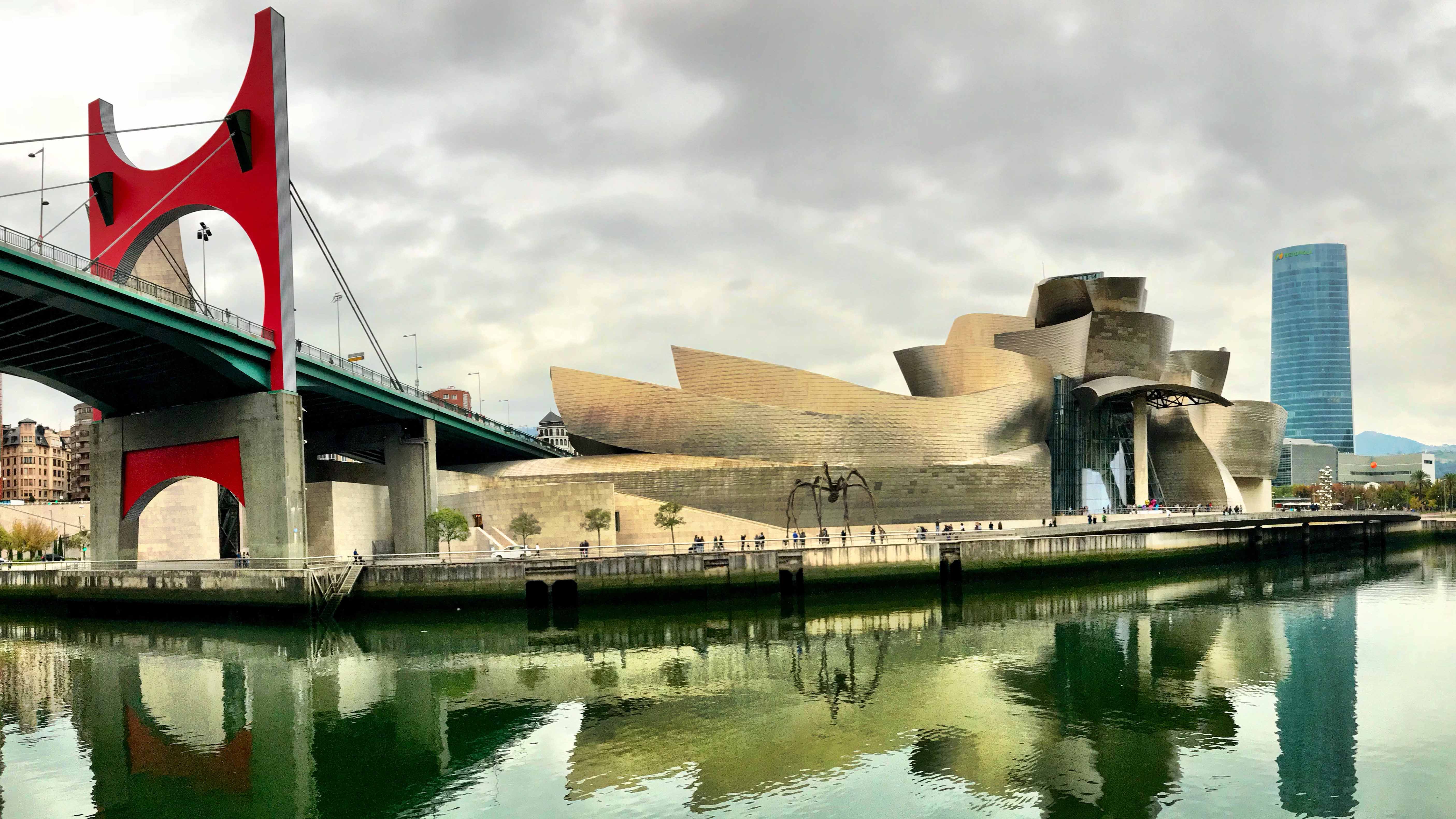
GUGGENHEIM & GUERNICA TOUR
WORLD CLASS MUSEUM & BASQUE HISTORY.Combine the past and the present of the Basque Country, all in one day!
On April 26th 1937, during the Spanish Civil War, the town was razed to the ground by German aircrafts,sent by Hitler to support Franco’s troops. When Picasso painted the Guernika in 1937, could not imagine that its vision of the bombing would become antiwarlike symbol.
Be introduced to the Basque History, in the heart of the Basque Nationalism
Designed by the North American architect Frank Gehry, this unique museum on the riverside is the highlight of Bilbao since 1997. The building itself is an extraordinary combination of interconnecting shapes. Impressive limestone blocks contrast with curved architectural forms covered in titanium. Glass curtain walling provides the building with the light and transparency it needs.
An abstract ship shape, and the titanium panels resembling fish scales pay homage to the fact that the river was historically the economic hub of Bilbao
Explore the museum by yourself, an audio guide is included in the ticket price.
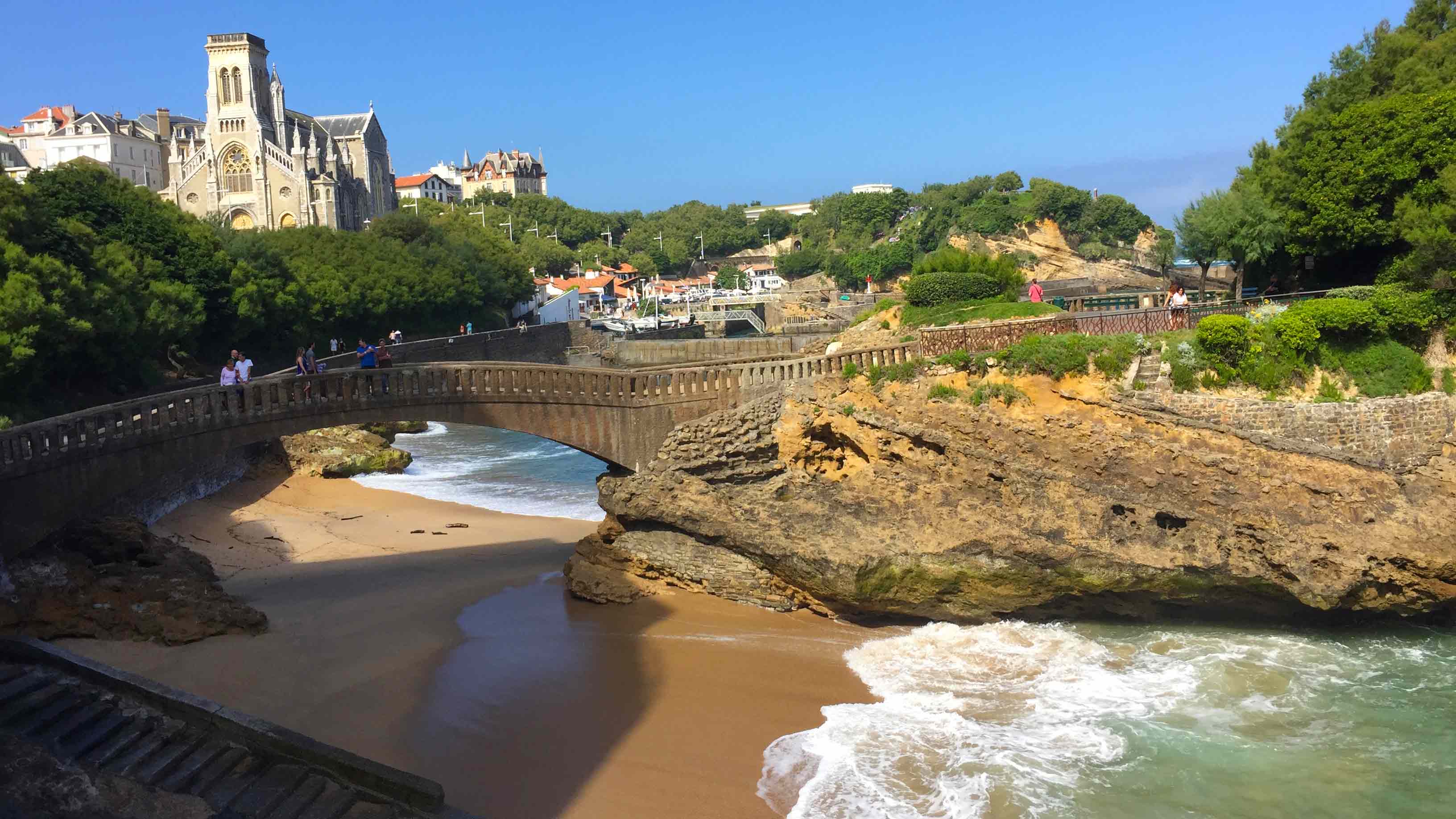
BIARRITZ & THE FRENCH BASQUE COAST TOUR
Explore the French side of the Basque Country!
One of the most posh beach resorts of the Basque Coast. It is a luxurious seaside town and is popular with tourists and surfers. Biarritz also boasts some of the best beaches in Europe. Biarritz’s became more renowned in 1854 when Empress Eugenie (the wife of Napoleon III) built a palace on the beach (now the Hôtel du Palais). The British royal family and European royalty regularly took vacations in Biarritz.
Former Basque Corsairs’ capital, this small fishing village became rich in the 16th century from fishing and whaling. Piracy, added brought wealth to the town. The ‘finest moment’ for the town was in 1660, when Louis XIV married Marie-Thérèse of Spain in the town church – the Basque church of St John the Baptist
Driving through the beautiful "La Corniche" coastal road, we will get back to the Spanish side of the Basque Country. Hondarribia is one of the most beautiful towns of the Basque Country, it’s medieval old part, is one of the few fortified towns in the Basque Country. Its walls, most of which are still standing and are constantly being restored, give it a special appearance by evoking an epic past and by impregnating every corner, alley and square with aromas, flavors and sounds that take us back to other times. We could also find the typical Basque fishermen houses, with colorful balconies filled up with heaps of flowers.

